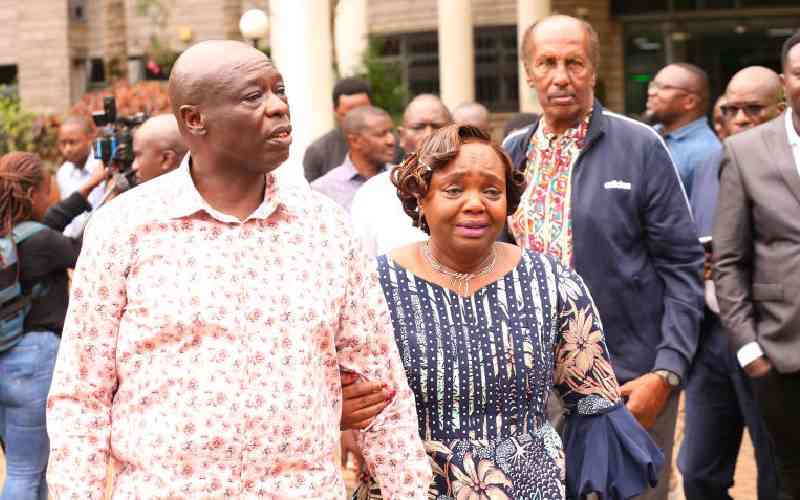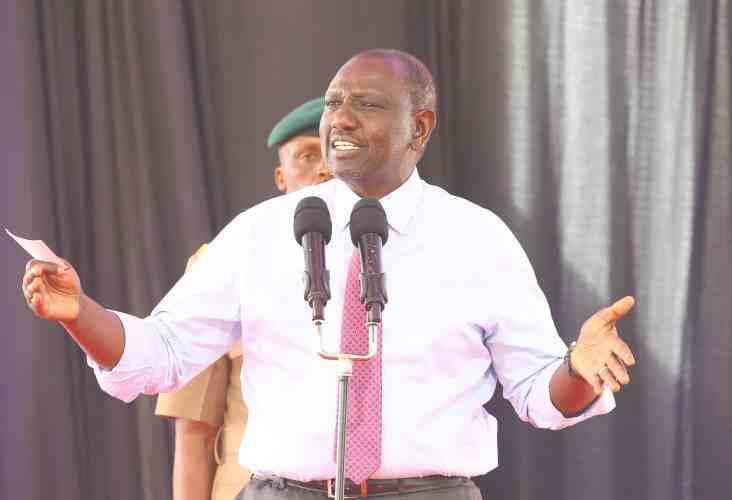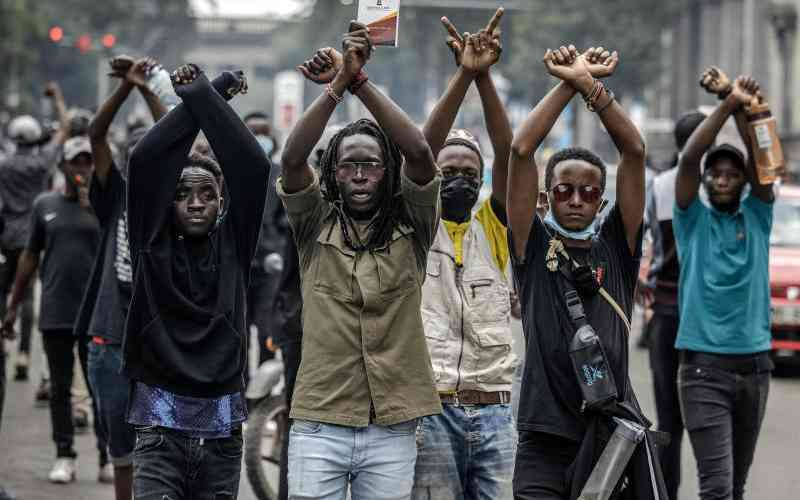By Kamau Mutunga
Nairobi,Kenya: Pumwani Maternity Hospital has been Kenya’s largest ‘screaming room’ for 87 years, and counting. Grace Wahu, first wife of future President Jomo Kenyatta gave birth to Margaret Wambui Kenyatta there in 1928. Kenyatta was at the time sailing to England to air the land grievances of the Kikuyu Central Association and the new father sent “greetings and a bunch of bananas” to the baby.
Pumwani Maternity, from where half of Nairobians aged above 30 were born, is situated in its present location by design, not default.
Africans were restricted to Eastlands in areas such as Ziwani, Majengo and Pumwani. This is where future President Moi rented a single house in 1955 and holed up with Robert Matano and Jean Marie-Seroney.
Asians lived in Eastleigh, Pangani, Ngara, Parklands, Park Road and Highridge. Most still do. Europeans engaged in Patrician indulgences in the suburbs of Muthaiga, Loresho, Lavington, Kilimani, Karen and other leafy addresses West of Uhuru Highway.
So, African maternity did not abort but rather gave life to many at Pumwani where it opened shop on August 1, 1927 courtesy of Lady Griggs Welfare League, a charitable outfit. It was initially called Lady Grigg Welfare League Native Maternity Home, Pumwani. Lady Grigg was wife of Edward Grigg, Kenya’s Governor for six years until 1931.
The purpose of the facility was to “train girls who, it is hoped, will afterwards be useful in the Reserves,” wrote GV Maxwell, the Chief Native Commissioner and Chair of the Native Maternity Home Committee in a letter dated September 24, 1928, adding that “it appears to me that the purpose of the institution is too much for the benefits of the native population.”
The aforementioned ‘Reserves’ referred to present day districts.
Private Donations
Funds to construct Pumwani Maternity were sourced from a ball held at Government House, now State House Nairobi. They were collected from the government, private donations and the 20 Local Native Councils around the colony.
Smaller councils gave annual assistance of £37.10 (Sh750) while bigger ones gave £50 (Sh1, 000) sums whose availability couldn’t be guaranteed beyond 1929, two years after Pumwani opened.
Maxwell fired off another letter to the Local Native Councils on October 12, 1928 urging them to scrap the barrel of their generosity because “when they come to appreciate the benefits bestowed by the home and the native population as a whole, they will readily agree to vote suitable contributions there from year to year.”
Patients gradually began streaming into Pumwani from tribes listed as Kikuyu, Akamba, Nandi, “Lumbwa” and “Kavirondo” whose daily fee was 50cts for treatment and accommodation. The annual fees from patients amounted to £60 (Sh1, 200) against an annual maintenance budget of £1, 500 (Sh30, 000) by 1928.
‘hospital for the poor’
Pumwani’s Management Committee (with Canon Harry Leakey, grandpa of Dr Richard Leakey on board) welcomed donations that included surgical equipment, coats, glass jars, bed sheets, socks, enamel bowls and plants. Lady Delamere is recorded as having donated an easy chair and four gowns for the babies. Indeed, the hospital was never meant for the “have yachts,” but rather the “have-nots” as majority of patients “were not wives of well-paid detribalised natives, but are the wives of men in receipt of small salaries, or natives who having lost their employment near Nairobi are seeking other employment,” wrote Maxwell.
Stay informed. Subscribe to our newsletter
For that reason Maxwell wrote to the Local Native Councils again and piped that “contributions, though expended on an institution in Nairobi, should be regarded as for the benefit of the Council’s own people, both immediately and in the future.”
The councils were also asked to send trainee nurses and midwives to learn the “elementary principles of hygienic measures” and later graduate with a “Government Certificate for African Nurses.” Maxwell preferred the probationers be especially “young widows resident at missions, who if married again, will not only apply knowledge acquired at the hospital to their own case but assist other women in their areas.”
Ruptured uterus
Among the five African nurses and two probationers for 1932 were Clara, daughter of Nguyu who was ‘retained as a temporary staff nurse’ and Leya, daughter of Stephen who was returned to the Local Native Council.
J Carr, a missionary, gave weekly lectures when the bad roads from Kabete to Nairobi permitted. He collaborated with Miss LE Begbie, also a missionary and the first Matron at Pumwani. She was assisted by two African nurses stationed at The Carnegie Building.
Miss M Bartlett took over after Miss Begbie returned to her native Australia. And despite the National Birthday Fund providing chlorofoam capsules for childbirth there were challenges galore: Expectant mothers died of ruptured uteruses, obstructed births due to female circumcision were common while others arrived after nine days of labour and the child to be had already decomposed, according to the Second General Report from the Lady Grigg Welfare League.
The report went on to observe that when six pairs of twins were born in 1935, “it was gratifying to note that, whereas the babies, in all probability would have been killed at birth as was the custom in many tribes, they were taken home with due pride by the mothers.”
Pumwani Maternity Hospital was one of the largest buildings in Nairobi, a must see for visitors. When the Kavirondo Football Team from Western Kenya came calling in March 1936, the District Commissioner of Nairobi AW Sutcliffe noted that “so great was the interest displayed that our visitors refused to leave until they had seen everything.”
 The Standard Group Plc is a
multi-media organization with investments in media platforms spanning newspaper
print operations, television, radio broadcasting, digital and online services. The
Standard Group is recognized as a leading multi-media house in Kenya with a key
influence in matters of national and international interest.
The Standard Group Plc is a
multi-media organization with investments in media platforms spanning newspaper
print operations, television, radio broadcasting, digital and online services. The
Standard Group is recognized as a leading multi-media house in Kenya with a key
influence in matters of national and international interest.
 The Standard Group Plc is a
multi-media organization with investments in media platforms spanning newspaper
print operations, television, radio broadcasting, digital and online services. The
Standard Group is recognized as a leading multi-media house in Kenya with a key
influence in matters of national and international interest.
The Standard Group Plc is a
multi-media organization with investments in media platforms spanning newspaper
print operations, television, radio broadcasting, digital and online services. The
Standard Group is recognized as a leading multi-media house in Kenya with a key
influence in matters of national and international interest.









